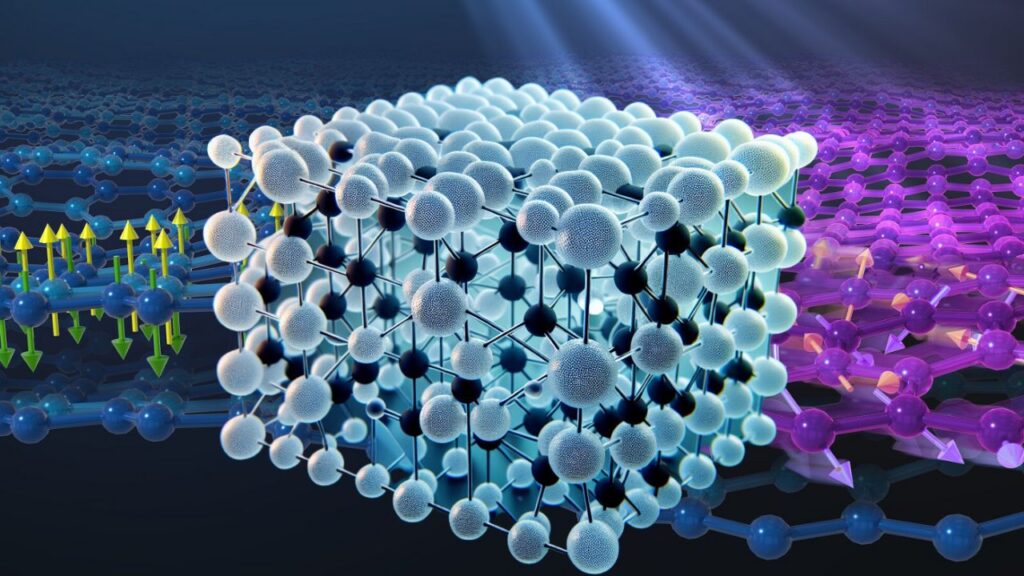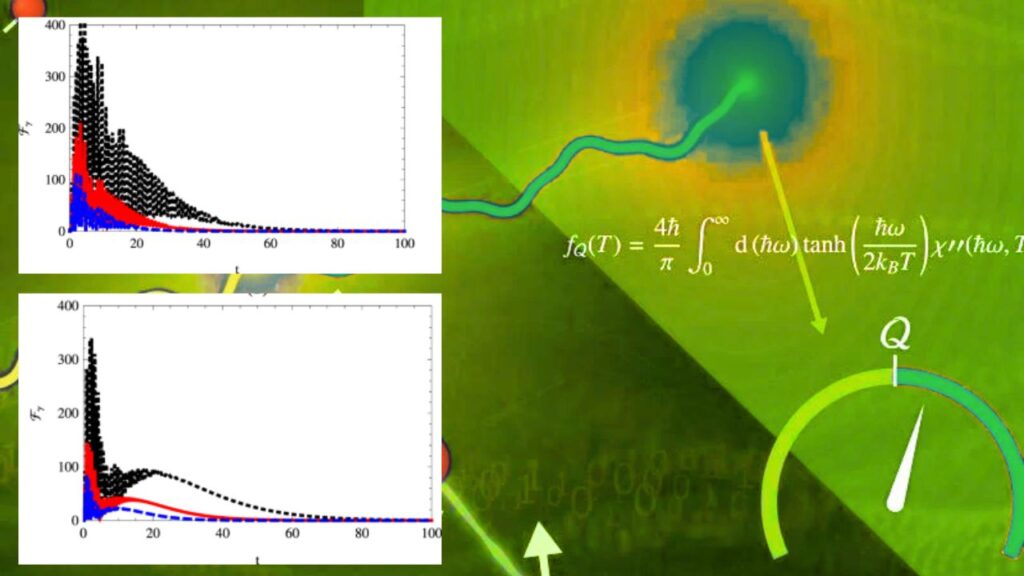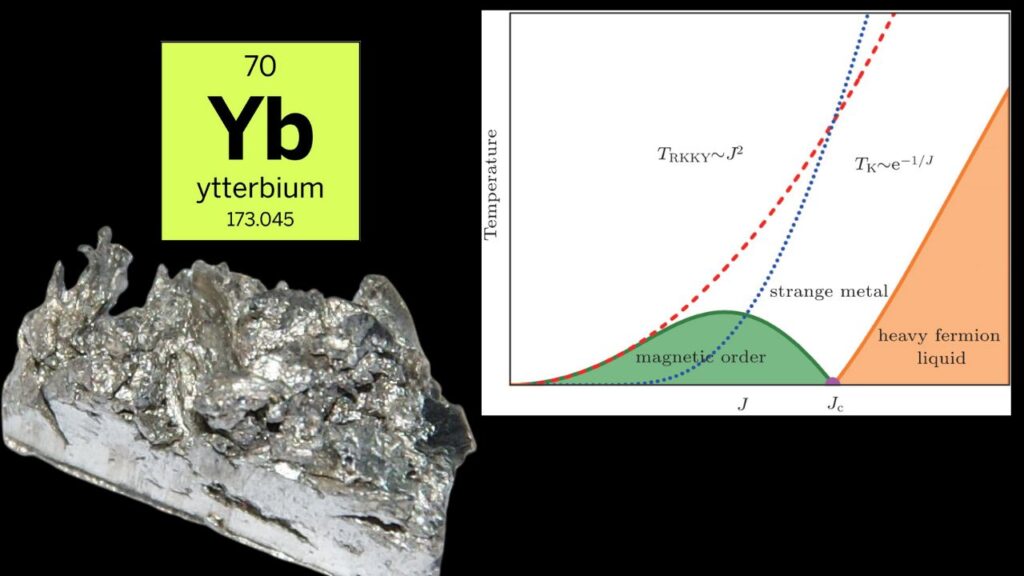Strange Memory Effect: In a groundbreaking study, scientists have uncovered a strange memory effect that influences how quantum atoms move on metal surfaces, changing the way we understand materials at the quantum level. This memory-like behavior doesn’t just challenge traditional physics—it opens doors to next-generation technologies like quantum computing, superconductors, and nano-electronics.

This memory effect refers to how atomic-scale particles on metallic surfaces seem to “remember” past interactions, which in turn affects their future motion. It’s a discovery that’s as mysterious as it is promising, blending deep quantum mechanics with observable, testable results.
Strange Memory Effect
| Topic | Details |
|---|---|
| Discovery | Quantum memory effect in atoms on metal surfaces |
| Published By | Rice University, peer-reviewed in Nature Physics |
| What’s New | Electrons exhibit memory-like behavior at quantum critical points |
| Scientific Tools | Quantum Fisher Information (QFI), inelastic neutron scattering |
| Why It Matters | May explain strange metals and aid quantum device development |
| Applications | Quantum computing, superconductivity, nanoscale electronics |
| Official Source | Rice University Physics Department |
The discovery of a strange quantum memory effect in metals marks a major leap in our understanding of the quantum world. For decades, physicists suspected that memory-like behavior might play a role in unusual materials—but now, there’s solid evidence.
Using quantum Fisher information and neutron scattering, researchers showed that electrons entangle deeply and retain past influences—especially near quantum critical points. This opens exciting possibilities for superconductors, quantum tech, and nanoscale engineering.
As we dig deeper into the secrets of the quantum world, one thing becomes clear: memory isn’t just for minds—it’s embedded in matter itself.
What Is the Strange Memory Effect?
Let’s break it down simply. In most metals, electrons are free to move around without much fuss. Imagine people walking in a park—they might occasionally bump into each other, but mostly, they mind their own business.
In strange metals, though, electrons behave very differently. It’s like everyone in the park is connected by invisible strings. If one person moves, the whole group feels it. Even more interesting—these electrons “remember” where they’ve been, and that memory shapes how they move next.
This kind of quantum memory isn’t like your brain remembering a birthday. It’s a deep, physical connection between particles—what physicists call quantum entanglement.
The Role of Quantum Fisher Information (QFI)

To detect this strange memory, researchers used a powerful mathematical tool called Quantum Fisher Information (QFI). Think of QFI as a ruler for measuring how quantum something is. The more QFI, the more entangled the system.
According to the researchers at Rice University, the QFI peaked precisely when the material showed strange metal behavior—a perfect overlap between theory and experiment.
“This is the clearest indication that memory and entanglement are tied to strange metallicity,” said Dr. Qimiao Si, lead researcher on the project.
How Was the Memory Effect Observed?
Researchers examined a material called ytterbium-based heavy fermion metal, where atoms and electrons interact intensely. They cooled it down to near absolute zero to observe quantum critical behavior—a state where materials undergo phase transitions driven by quantum forces.

Using inelastic neutron scattering, they measured how atoms vibrate and interact over time. The results were stunning. Instead of random behavior, atoms moved in a way that reflected past entanglements, just like a memory.
This was backed up by the QFI calculations, which showed significant peaks at the critical point. This kind of correlation between theoretical quantum data and experimental observation is rare and exciting.
Why Is This Discovery So Important?
Understanding quantum memory effects isn’t just about cool science—it’s about solving real-world problems. Here’s why this matters:
1. Strange Metals and Superconductivity
Strange metals behave differently than conventional conductors. They don’t follow Ohm’s law, and their resistance changes linearly with temperature—something not explained by classical physics.
By identifying memory effects as the root cause, scientists can better understand why strange metals behave the way they do. This could help unlock high-temperature superconductivity, which is the holy grail for energy-efficient technology.
2. Quantum Computing
Quantum memory effects suggest that information in quantum computers could be preserved and managed more effectively. The entanglement-based memory might help in building error-resistant quantum bits (qubits), crucial for reliable quantum processors.
3. Nano-Scale Engineering
On the nanoscale, materials behave differently. By understanding how atoms remember their motion, engineers can design better sensors, data storage devices, and catalysts for chemical reactions.
Real-World Example: The Atomic Dance on Platinum

Take platinum atoms on a surface. Normally, they’d hop around randomly. But in this strange metallic state, they seem to move with awareness of their past. This leads to predictable patterns, which is useful in nano-manufacturing and surface chemistry.
Imagine a robot that learns from its past moves and adjusts automatically—only this robot is made of atoms!
How This Connects to Quantum Critical Points
A quantum critical point is like the tipping point of a seesaw, where a material suddenly shifts from one phase to another—not because of temperature, but because of quantum fluctuations.
The team discovered that quantum memory is strongest at this critical point. That’s when QFI surges and particles become deeply entangled. Understanding this could help control phase transitions in future materials.
Cleveland Clinic, IBM, and Hartree Centre Collaborate on Quantum Healthcare Research
Wipro Predicts Scalable Quantum Computing Solutions by Year-End
FAQs About Strange Memory Effect
What is the memory effect in quantum physics?
It’s the phenomenon where past interactions influence current motion of particles, caused by quantum entanglement. It’s like atoms have a built-in recollection of where they’ve been and who they interacted with.
What is Quantum Fisher Information (QFI)?
QFI measures how sensitive a quantum system is to changes. High QFI indicates strong entanglement—which means high memory effect in this context. It’s used in quantum computing and quantum metrology.
What are strange metals?
Strange metals don’t behave like normal metals. They don’t follow Ohm’s law, and their resistance changes linearly with temperature. They often show up in high-temperature superconductors.
How is this useful for real-life technology?
Understanding memory effects can lead to more stable quantum computers, smarter materials, and energy-efficient electronics. It also helps in designing better superconductors for zero-resistance electricity flow.
Are these effects observable at room temperature?
Not yet. Most of these effects are observed at ultra-low temperatures, near absolute zero. But learning how they work could help us replicate them at higher temperatures with new materials.






